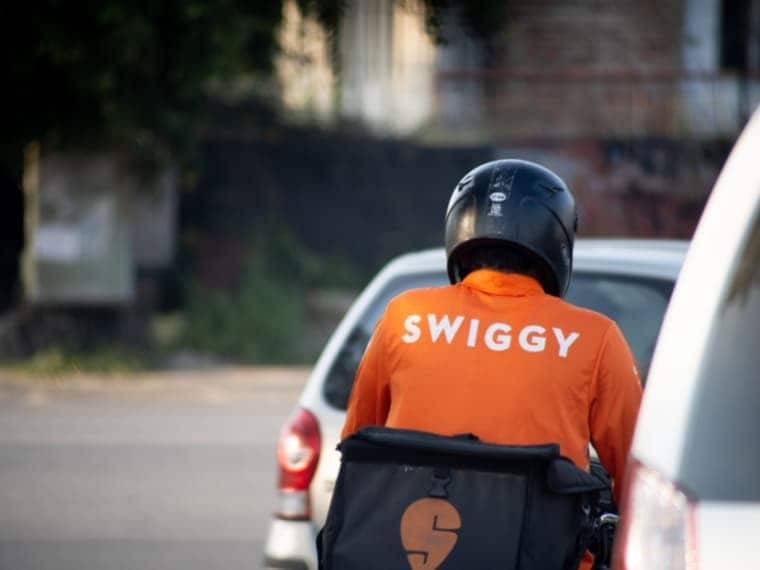Digital
Why OpenAI is hiring 100 ex-bankers: Inside the ChatGPT-maker's secret project to automate Wall Street's grunt work

Swiggy has launched ‘No Added Sugar’ category to make mindful and healthy eating simpler and more accessible for consumers. The feature, now live across 10 major cities including Bengaluru, Delhi NCR, Mumbai, Kolkata, Chennai, Hyderabad and Pune, offers over 1.5 lakh food items from more than 50,000 restaurants.
The company plans to expand the category to more cities in the coming weeks.
The new offering follows Swiggy’s ‘High Protein’ category launched in July this year.
The ‘No Added Sugar’ category features two sub-categories — Naturally Sweetened and Not Sweetened — catering to consumers seeking balance between taste and health. The Naturally Sweetened section includes items made with ingredients such as dates, whole fruits, and purees, featuring dishes like Date & Nut Smoothies, Banana Pancakes, Apple Cinnamon Oats, and Fig & Almond Energy Bars.
Meanwhile, the Not Sweetened section offers sugar-free options for Tea, Coffee, and Juices.
Deepak Maloo, Vice President – Food Strategy, Customer Experience & New Initiatives, Swiggy said, “The festive season is here, and we know that celebrations are incomplete without gorging on your favorite sweets with the inevitable guilt of added sugar. We believe mindful eating shouldn't mean missing out. That's why we launched the 'No Added Sugar' category, packed with delicious food and beverage items made only with natural or approved low-calorie sweeteners.”
With this launch, Swiggy continues to position itself as a platform that blends indulgence with informed food choices, tapping into India’s growing appetite for clean-label, sugar-conscious eating.
In a wide-ranging interview with Storyboard18, Sorrell delivers his frankest assessment yet of how the deal will redefine creativity, media, and talent across markets.